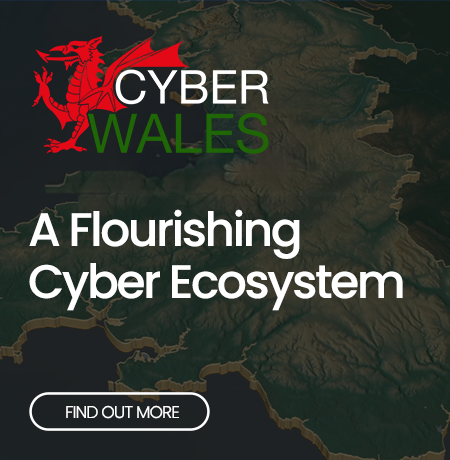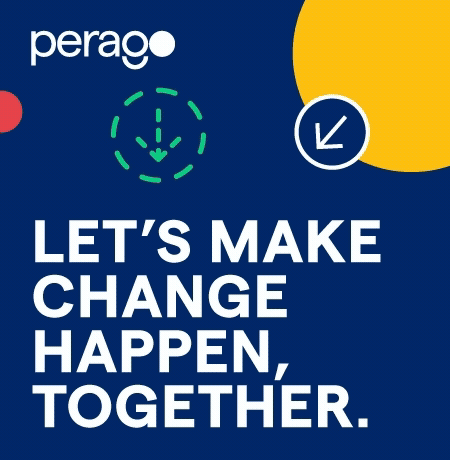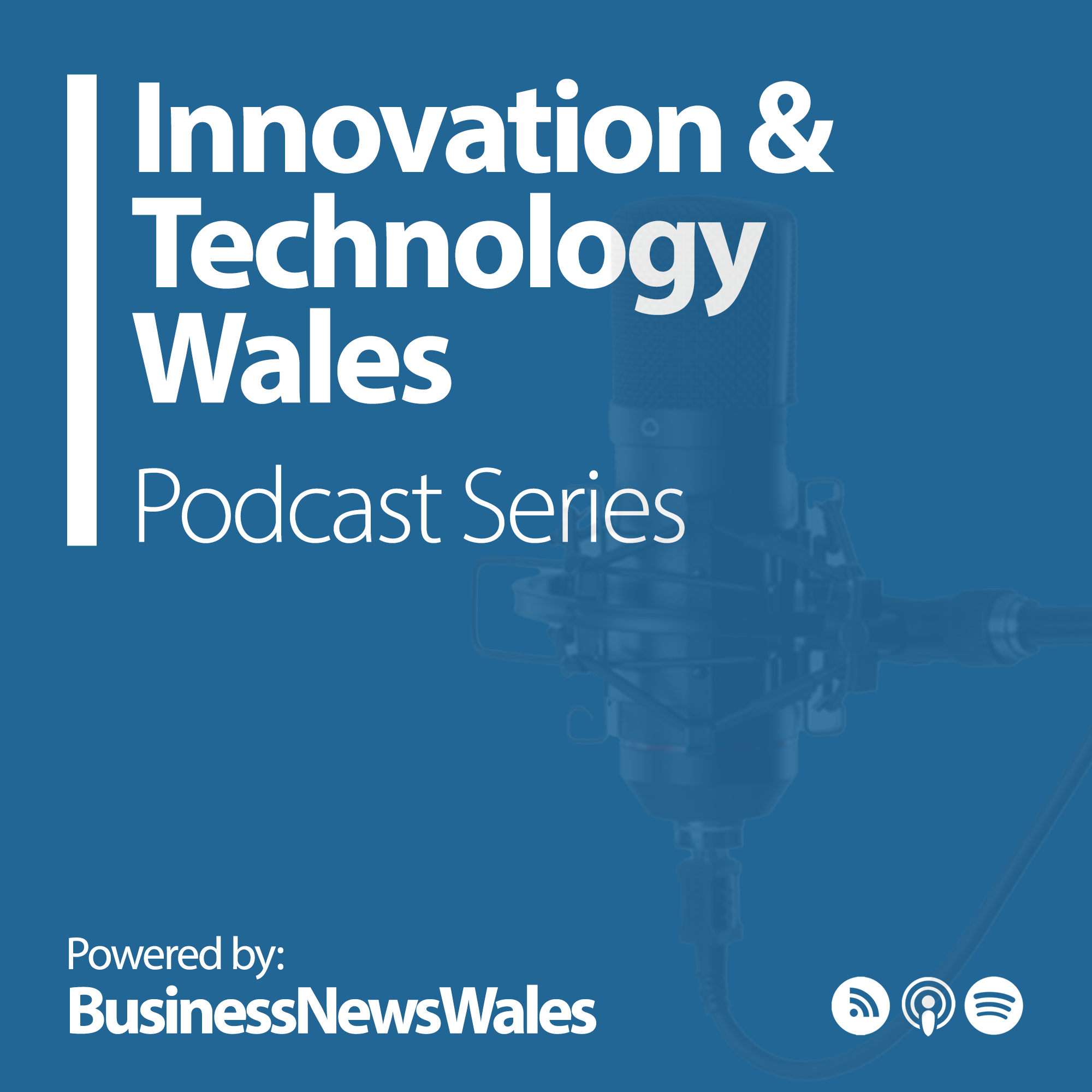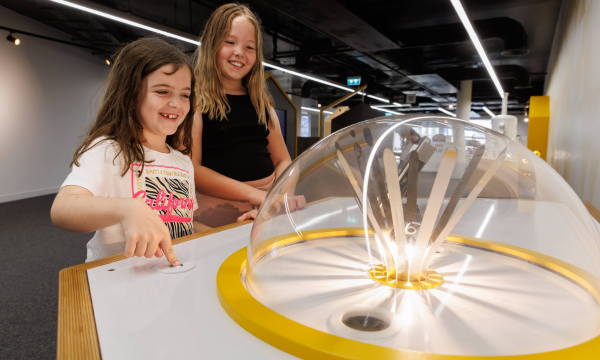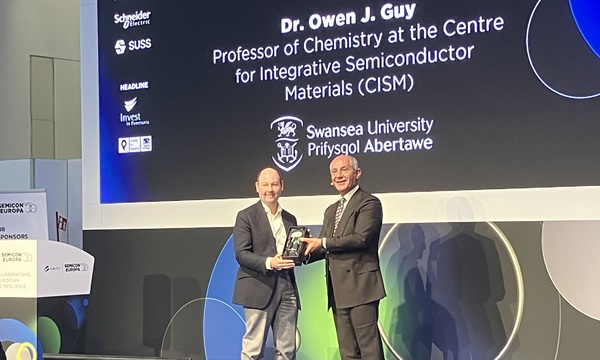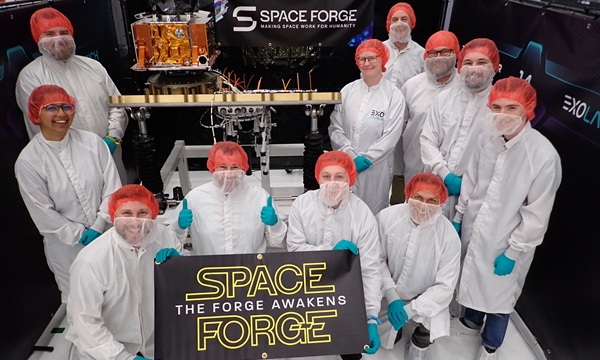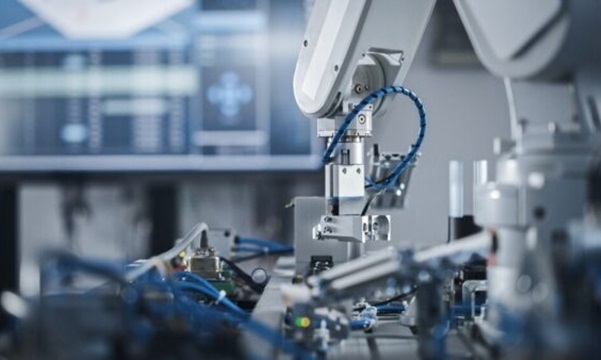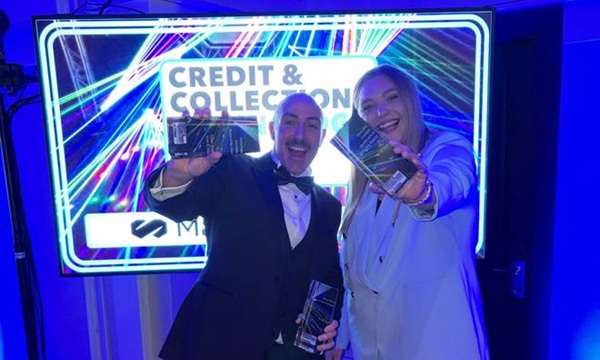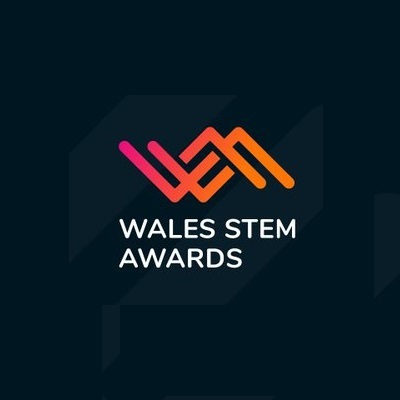
WRITTEN BY:
Wales STEM Awards
Diversity and inequality in STEM (Science, Technology, Engineering, and Mathematics) are critical issues that have attracted increasing attention. In Wales, where STEM sectors are rapidly growing, tackling these challenges is essential for ensuring fairness and unlocking innovation.
Across various organisations, efforts are underway to engage underrepresented groups, improve access to STEM careers, and foster inclusivity. Wales STEM Awards 2024 winners are among those working hard to bridge the diversity and inequality gap.
Early Engagement: Sparking Interest in STEM
One of the most common themes among STEM leaders is the importance of early engagement.
“Early engagement in exciting new technology sectors is essential to build interest from an early age,” says Osian Roberts from Hydrowing, winner of Innovation in STEM.
This early exposure helps young people understand the diverse range of careers available to them in STEM, an important first step in breaking down the barriers that prevent underrepresented groups from pursuing these paths.
Sharon Pascoe, STEM Ambassador of the Year, echoes this view, highlighting the need for positive role models and representation to help girls envision themselves in STEM fields.
“Early exposure to STEM activities should be embedded within the curriculum to create long-term, systemic change,” she adds.
Zoe Hooper from Pocket Potions, winner of STEM Start-up of the Year, focuses on making STEM fun and accessible. “My aim is to break the stereotype that science is only done in laboratories and show that it can be simple but, most importantly, fun,” says Hooper. Through initiatives like her ‘Sunday Science’ Instagram series, Pocket Potions inspires young people to see science in everyday activities, helping to demystify STEM and spark curiosity.
Role Models and Mentorship: Paving the Way
The need for visible role models is another recurring theme in the discussion on STEM diversity. “You can’t be what you can’t see,” says Claire Jenkins from the Intellectual Property Office, winner of STEM Woman of the Year. She believes that showcasing diverse role models can challenge gender norms and inspire more women to pursue STEM careers.
“We need to see more women talking about how exciting STEM is, and more men visibly supporting women in these roles,” Jenkins adds.
Mara Clapp from Ipsen Biopharm, winner of STEM Company of the Year, highlights the importance of engaging schools that haven’t traditionally had access to STEM opportunities. “We ensure no school or area is off-limits… they all deserve a chance to be engaged,” she notes. Sarah James from The Mullany Fund also stresses the importance of mentorship in helping young people from disadvantaged backgrounds navigate STEM career options: “Mentorship can provide the guidance and support young people need to succeed.”
Tackling Structural Barriers
While early engagement and role models are crucial, systemic changes are also necessary to create a more inclusive STEM environment. Policies that support flexible working are key to retaining women in STEM careers. As Osian Roberts points out, “You can be a mother AND a scientist.” This balance is essential to preventing the high dropout rate of women in STEM fields.
Workplace culture also plays a significant role in fostering inclusivity. Julie Timothy from Blaenau Gwent County Borough Council, part of the Blaenau Gwent STEM Facilitation Project, advocates for stronger policies around gender discrimination, pay parity, and sexual harassment to create a more equitable workplace.
“Encouraging diversity through mentoring, networking, and flexible working arrangements can help underrepresented groups feel more included and supported,” she says.
Jade Lodder from Pontus Research, winner of the STEM Sustainability Award, believes that addressing socioeconomic barriers is vital to fostering inclusivity in STEM.
“Providing scholarships and implementing inclusive hiring practices are essential steps towards creating a welcoming culture,” she explains.
A Holistic Approach to Inclusivity
There is no single solution to closing the diversity gap in STEM, and a holistic approach is necessary. Collaboration between educational institutions and the STEM community is critical for inspiring and guiding young people. Hydrowing’s Osian Roberts believes that by working with industry, students can see how STEM careers make a meaningful impact.
The Blaenau Gwent STEM Facilitation Project highlights the value of hands-on learning experiences and STEM competitions in making STEM more accessible to young people. “STEM clubs and competitions create excitement around STEM subjects and help develop problem-solving and teamwork skills,” says Julie Timothy.
Christian Laycock believes that engaging students through the lens of sustainability can also inspire greater diversity in STEM.
“By promoting a holistic approach to sustainability, we can show young people that STEM is not just about technology, but also about improving society,” he notes.
Looking Forward: Building an Inclusive Future
As Wales and the UK work to build a more inclusive STEM community, the efforts of organisations like those recognised at the Wales STEM Awards demonstrate that solutions are possible. Early engagement, mentorship, and systemic reforms are all crucial to closing the diversity and inequality gap.
“STEM will be absolutely key in contributing to Wales' sustainability goals, and for that, we need to ensure it is accessible to all,” concludes Osian Roberts from Hydrowing.
The future of STEM in Wales depends on these efforts to build a diverse and inclusive community, ensuring that the next generation of STEM leaders is as diverse as the challenges they will face.





